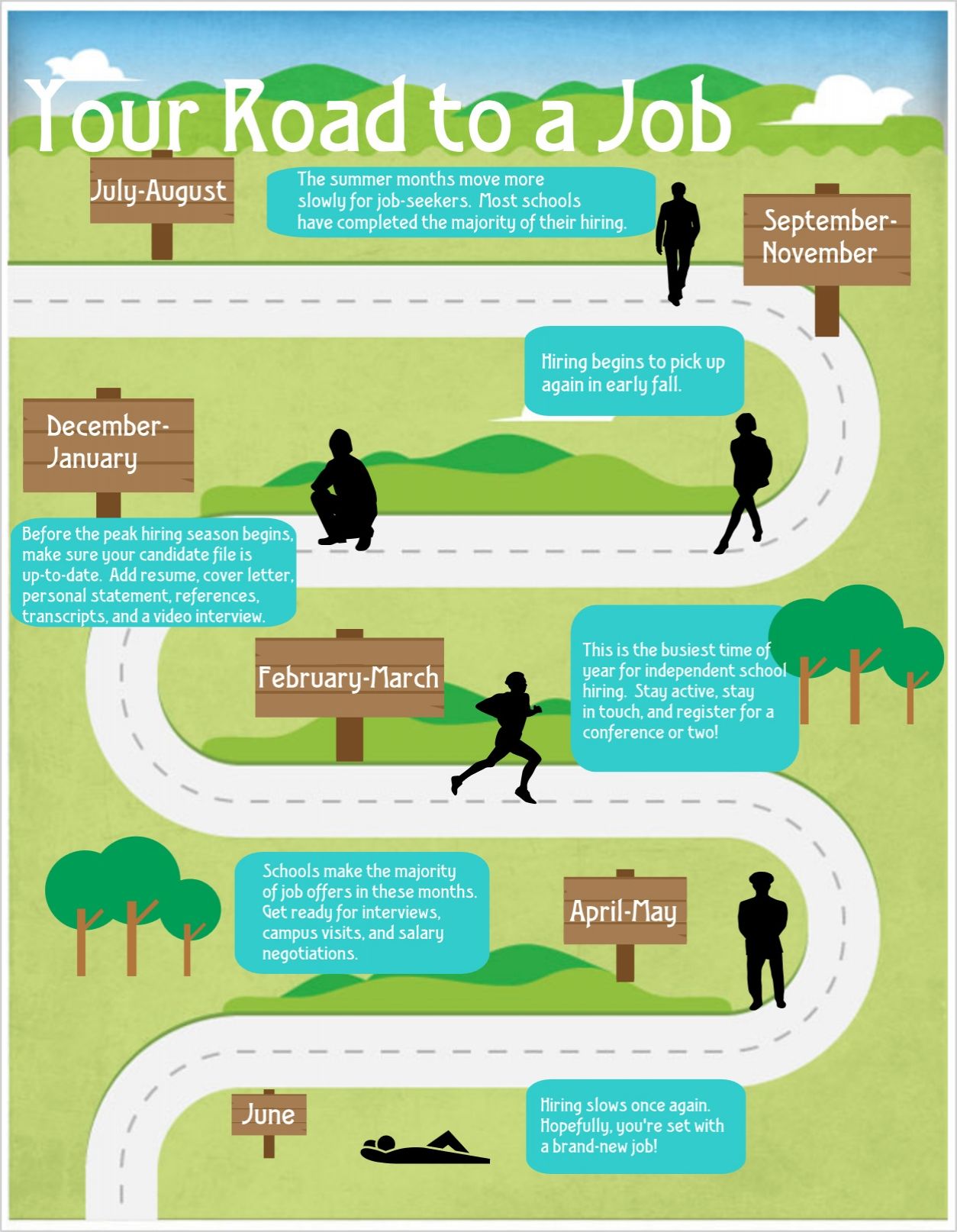Attraction vs. Entertainment: Understanding the Key Difference for Visitors and Businesses
Introduction
Understanding the difference between an attraction and entertainment is crucial for travelers, tourism professionals, and businesses. These concepts often overlap in the hospitality, travel, and leisure sectors, yet they serve distinct roles in shaping guest experiences and industry strategies. This article explores the major differences, provides real-world examples, and offers actionable guidance for accessing and maximizing the value of both attractions and entertainment.
Defining Attractions and Entertainment
An attraction is typically a natural location, object, or constructed facility that draws visitors due to its unique appeal. Attractions may be cultural (like museums or historical landmarks), recreational (such as parks), or leisure-oriented (for example, casinos and festivals). They are often permanent, operating year-round, and can be part of travel packages designed to encourage visitation and extended stays [1] [2] [3] .
Entertainment refers to experiences or performances intentionally designed to amuse, engage, or captivate an audience. This category includes live shows, concerts, theater, festivals, and temporary events. Entertainment can occur as a stand-alone event or be part of a larger attraction, but it is often temporary and scheduled for specific dates or seasons [2] .
Major Difference: Permanence and Purpose
The major difference between an attraction and entertainment lies in their permanence and role within the guest experience:
- Attractions are generally permanent fixtures-such as historic sites, theme parks, or natural wonders-that operate year-round and remain accessible to visitors at any time. They can be part of travel packages, support local economies, and offer educational or cultural value [3] .
- Entertainment typically refers to temporary or scheduled events-musical performances, theater, festivals-that are offered for a limited time and are designed specifically for audience enjoyment [2] .
For example, a museum (an attraction) may host a live jazz concert (an entertainment event) as part of a special exhibition. The museum remains a year-round draw, while the concert is a special, time-limited offering.
Real-World Examples
To clarify the distinction, consider these scenarios:
- Attraction Example: The Grand Canyon is a natural attraction, open year-round, drawing millions for its scenic views, hiking, and educational tours.
- Entertainment Example: A Broadway show in New York City is entertainment, scheduled for specific times, requiring tickets for attendance, and often running for a defined season.
- Combination: Disney World is an attraction because it is a fixed, permanent park, but it also hosts entertainment events like fireworks shows and seasonal parades, which are temporary features within the broader attraction [1] .
Practical Steps for Accessing Attractions and Entertainment
Whether you are a traveler, event planner, or business owner, knowing how to access and leverage both attractions and entertainment can enhance your experience or operations:
For Travelers and Visitors
- Identify your destination’s main attractions by researching local tourism boards, official city guides, or cultural heritage organizations. Look for attractions that align with your interests-nature, history, art, or recreation.
- Check for entertainment events scheduled during your visit. This can include concerts, festivals, or local performances. Tourism board websites, event calendars, and official venue sites are excellent resources.
- Plan your itinerary by combining both attractions and entertainment. For example, visit a national park (attraction) during the day and attend a local music festival (entertainment) in the evening.
- For tickets and schedules, always use official sources or well-known ticketing platforms. Avoid third-party sites that cannot be verified. If uncertain, contact the venue or event organizer directly.
- If you need assistance, consider reaching out to visitor information centers or using official travel apps endorsed by the city or tourism authority.
For Event Planners and Businesses
- Decide whether you are offering a permanent attraction (e.g., a new museum exhibit) or a temporary entertainment event (e.g., a holiday market).
- For attractions, focus marketing efforts on year-round visitation and long-term value. Highlight features like accessibility, educational programs, and family-friendly amenities.
- For entertainment, emphasize the unique, time-sensitive aspects. Use countdowns, early-bird tickets, and limited-time offers to drive urgency.
- Collaborate with local attractions to host entertainment events, creating synergies that benefit both. For example, coordinating a food festival at a botanical garden can boost attendance for both the event and the permanent attraction.
- Stay informed about regulations, insurance requirements, and accessibility standards for both types of offerings. Consult your local tourism office or business development agency for guidance.
Potential Challenges and Solutions
Both attractions and entertainment venues face challenges in planning, marketing, and delivering value:
- Attractions may struggle to maintain visitor interest year-round. Regular updates, new exhibits, and partnerships with entertainment providers can help keep the offering fresh. For instance, hosting temporary art installations or seasonal events within a museum can attract repeat visitors.
- Entertainment events can be affected by weather, seasonality, or competing events. To mitigate risks, consider scheduling alternative dates, offering online ticketing with refund policies, and partnering with established attractions for increased visibility.
Flexibility, innovation, and collaboration are key to overcoming these challenges and achieving sustainable success.

Source: online-events.itsnicethat.com
Alternative Approaches
Not all destinations or organizations have the resources to create large-scale attractions or host major entertainment events. Consider alternative approaches:

Source: flickr.com
- Leverage existing community assets, such as local parks or historic districts, by organizing small-scale entertainment like guided walking tours or pop-up performances.
- Partner with regional tourism boards or cultural organizations for funding and promotional support.
- Encourage user-generated content and reviews to build word-of-mouth buzz for both attractions and entertainment.
If you are a traveler seeking authentic experiences, look for grassroots events or lesser-known attractions promoted through local visitor centers or official city channels.
Key Takeaways
The primary distinction between attraction and entertainment is their permanence and role in visitor engagement. Attractions are generally permanent, year-round destinations or sites, while entertainment is typically temporary, event-based, and focused on audience amusement. Both play vital roles in tourism, leisure, and economic development. By understanding their unique characteristics and learning how to access each, travelers and businesses can create richer, more rewarding experiences.
References
- [1] SUNY Open Textbooks (2024). Chapter 10: Attractions, Recreation and Leisure Activities.
- [2] Pearson (2017). Tourism: The Business of Hospitality and Travel – Foundations for Understanding Attractions and Entertainment.
- [3] Gauthmath (2024). Major Difference Between an Attraction and Entertainment.
MORE FROM grabjobtoday.com













